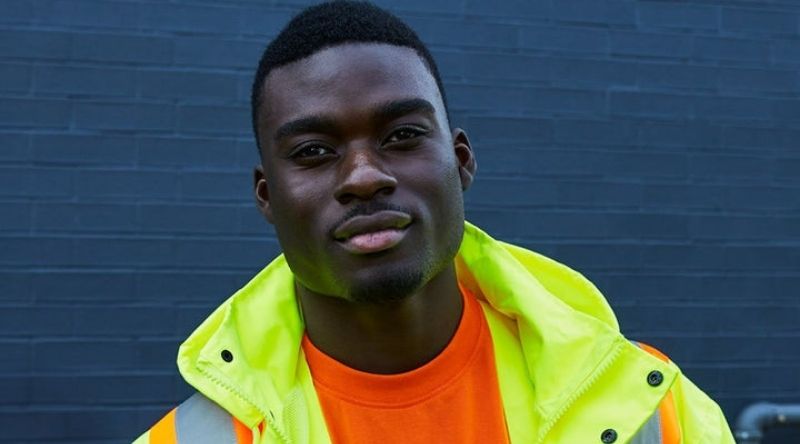
High-visibility safety gear is a staple of many industrial workplaces. Such apparel is necessary to improve awareness of workers in hazardous areas—reducing accidents and injuries that occur onsite because a worker couldn’t be seen. This is especially important when workers are operating in rainy conditions where there may be a lack of light or vision is simply obscured by the rain itself. Here are some factors to consider when buying hi-vis rainwear.
Types and Classes
The first consideration for hi-vis rainwear is the different types and classes of hi-vis apparel available to you. The key here is to find the right type of rainwear for the job in your industry. These classes include,
- Type O Garments: For off-road workers who DO NOT work near roadway traffic.
- Type R Garments: For workers working near or exposed to roadway traffic.
- Type P Garments: First responders and emergency personnel like EMTs.
Type O garments require the least amount of background and reflective materials in its construction, referred to as class 1 HVSA, while type R and P garments range from class 2 and 3 HVSA, being built with requirements to contain more background and reflective materials to ensure workers wearing them are visible in emergency situations.
Risk Assessment
Keeping the different types and classes of hi-vis garments in mind, you should now assess the risks within your work environment before picking any type of rainwear. For example, you should consider the background contrast between workers and their work environment or equipment. If the environment is cluttered and workers blend in with the background, you may need a higher class of high-visibility rainwear.
Consider if your workers need not only to stand out from the background but be identifiable by sight as a person. For a more distinguishing garment, you may need to look for higher classes of high-visibility rainwear.
Choosing the Garments
The final factor to consider when buying hi-vis rainwear is the garments themselves. You want them to be as comfortable as they are functional so as not to hinder your workers, so let’s first consider the climate of your workers. Rain makes both colder climates and hotter climates a lot more fatiguing—either through extreme cold or humidity—so it’s important you choose appropriately heavy or light materials.
Another factor is ensuring the rainwear doesn’t obstruct or create a new hazard, such as wearing down and becoming damaged from abrasive surfaces or creating a snagging hazard when paired with PPE, like harnesses.
